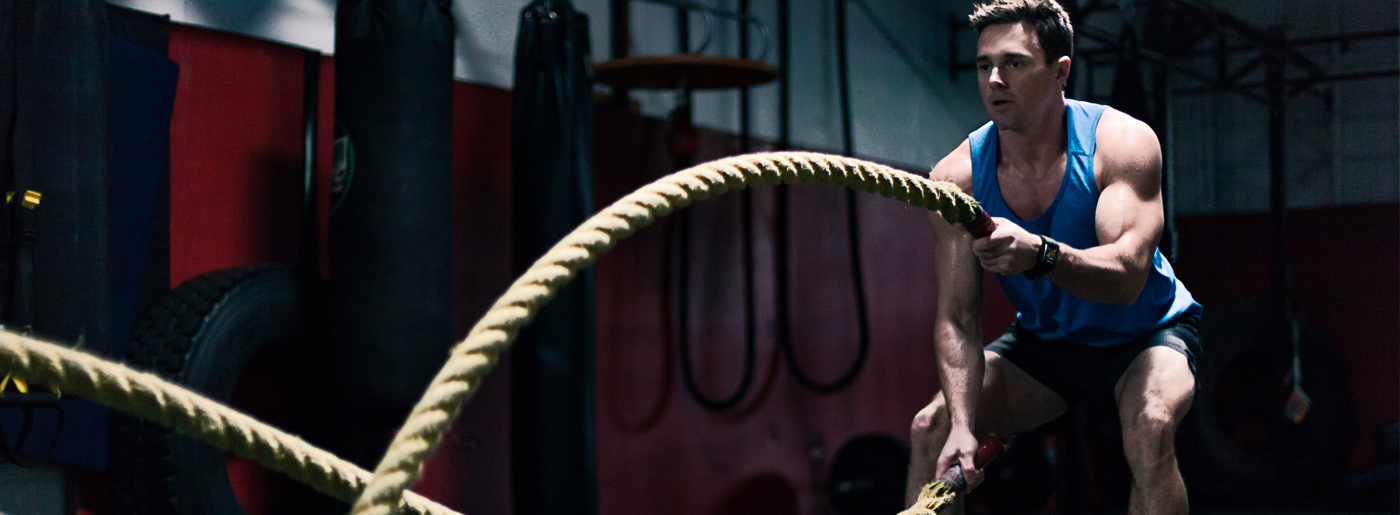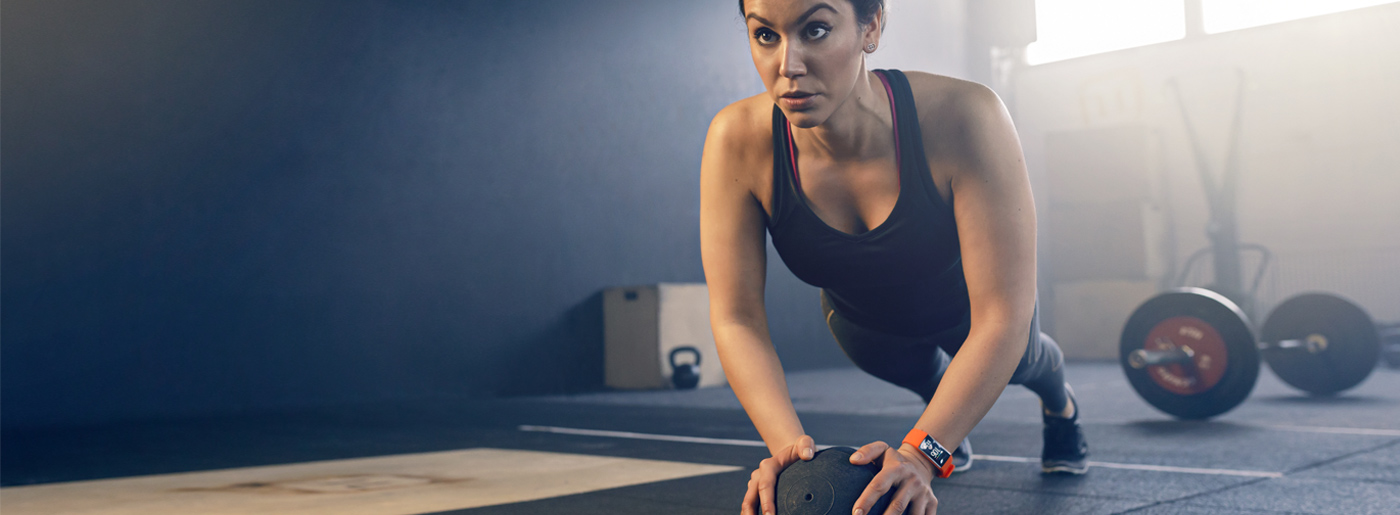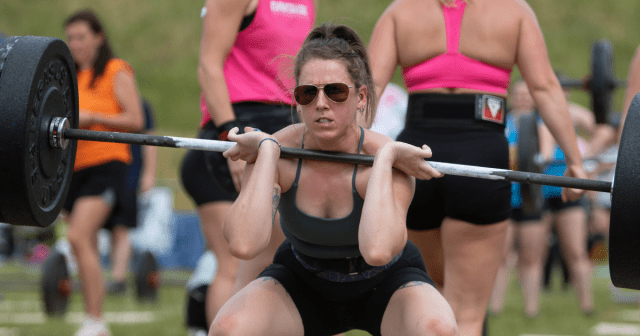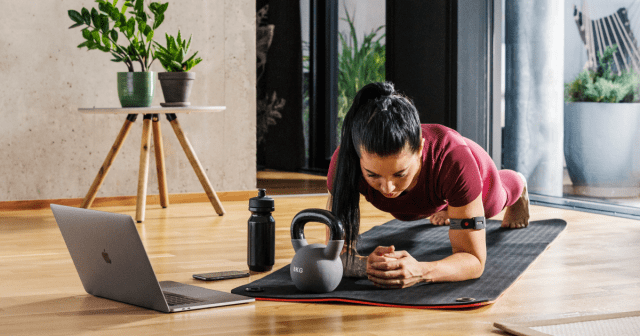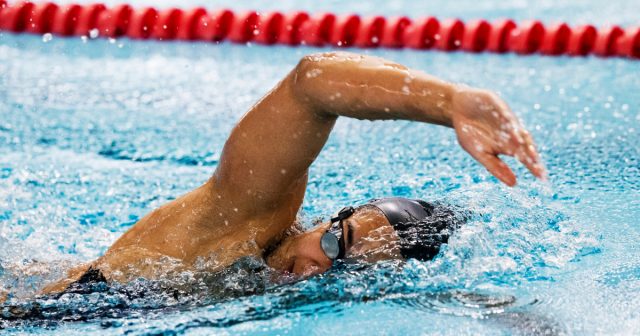Who is high-intensity interval training (HIIT) for and why should you try it, particularly if your fitness goals aren’t necessarily to become a burpee master? “HIIT training is for everyone,” says Diana Mitrea, ACE-certified personal trainer, group fitness instructor, and co-founder of the Stronger With Time HIIT class in New York City. “It’s beneficial for anyone at any age and fitness level.”
HIIT training is all about short bursts of intense activity followed by easier recovery periods. Think 60 seconds of burpees followed by a 20-second plank, then jumping on the treadmill for a 30-second all-out sprint.
If you’re an endurance junkie – we’re looking at you, marathoners, century riders, and triathletes – high-intensity interval training probably doesn’t appeal to you the same way a 26.2-mile race might.
Here, Mitrea shares why HIIT is beneficial for any athlete – and why you should give it a shot.
It helps maintain muscle while burning fat
“When you do longer, more steady-state cardio workouts, you tend to burn muscle and fat, which isn’t necessarily what you’re looking for,” says Mitrea.
HIIT-style programming during training will help your longer, steady-state training
Picture a professional marathon runner – say Meb Keflezighi or Molly Huddle – and a professional sprinter, like Usain Bolt. “The sprinter will be able to maintain more muscle on his or her body,” says Mitrea. But, she adds, that’s why everyone needs interval workouts. “HIIT-style programming during training will help your longer, steady-state training,” she says. “It translates more broadly across the fitness spectrum.”
It’s super efficient and the calorie burn is unparalleled
You continue burning calories for several hours after you finish your HIIT workout. It’s often called the after-burn or excess post-exercise oxygen consumption (EPOC). “Short workouts will burn the same amount of calories as a longer workout,” Mitrea says. “These workouts get you fitter in a shorter amount of time.”
Plus, interval-style works have been proven to boost V02 max while yielding greater results in half the time of a longer, steady-state workout. A 2013 study in the Journal of Physiology found that sedentary men who did 40–60 minutes of cycling at 65 percent of their max five times per week saw similar results as those who did interval-style training for less than 12 minutes at a time only three days per week.
It’s modifiable
HIIT training requires athletes to output large amounts of energy in short intervals – a method that, for many endurance athletes, might be new territory.
The key, Mitrea says, is being honest with yourself. “When you’re first starting out, you may be unfamiliar with what different amounts of energy feel like,” she says. “During a Tabata on the treadmill, for example, you want to go hard for 20 seconds before you get to rest for 10. During those 20 seconds, you should be running for your life and gasping for air by the end.” As you do more HIIT-style workouts, the 20 seconds of work will never get easier because you’re always pushing your body’s limits. But the rest will start to feel easier as your body adapts and you can recover faster.
Don’t beat yourself up about your performance every time.
“Really commit,” Mitrea insists. “Are you really pushing those 20 seconds as hard as you possibly can? But remember to be kind to yourself, too. Realize that these are tough workouts, so don’t beat yourself up about your performance every time.”
If you’re new to HIIT workouts, Mitrea recommends starting with two workouts per week. “Your body undergoes a big effort during these workouts, so you really have to listen to it,” she says. “Plus, rest days become even more important.”
If you liked this post, don’t forget to share so that others can find it, too.
Or give it a thumbs up!
I like this article
Please note that the information provided in the Polar Blog articles cannot replace individual advice from health professionals. Please consult your physician before starting a new fitness program.
